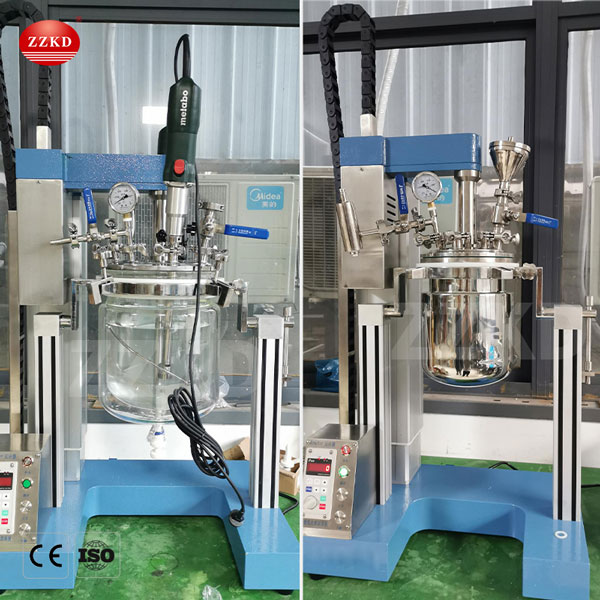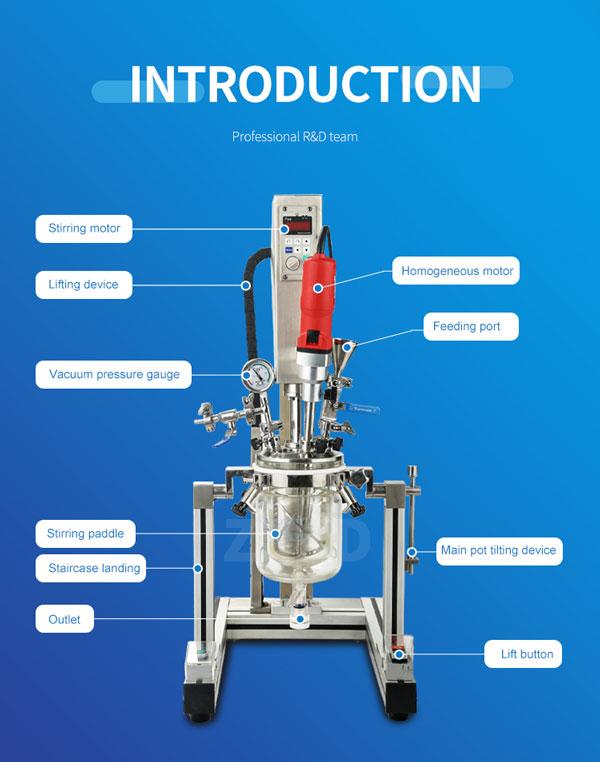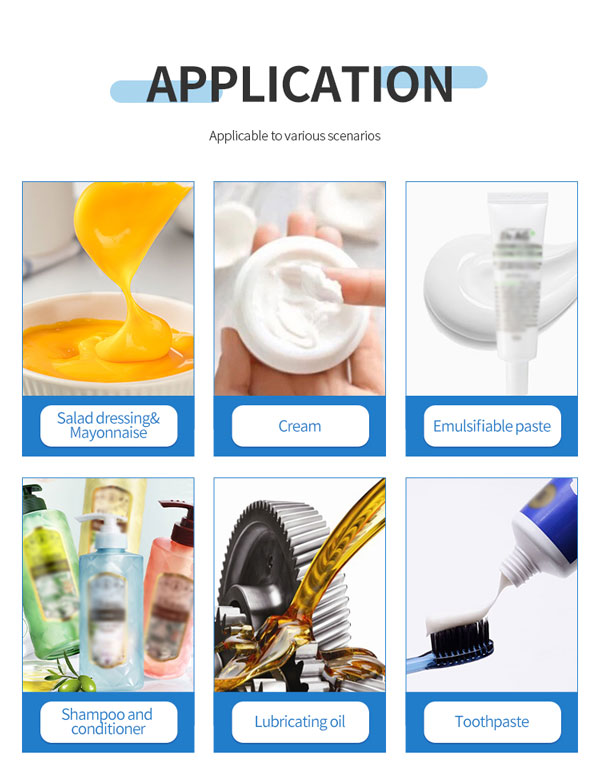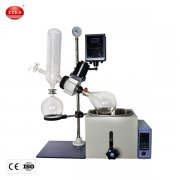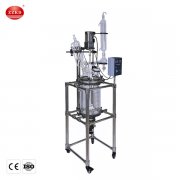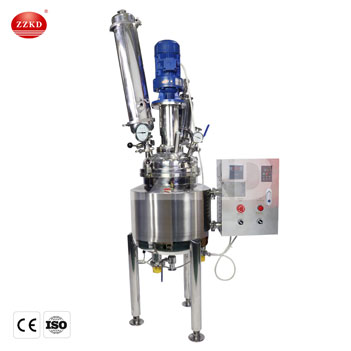Description
Introduction To vacuum emulsifying mixer
A lab emulsifying mixer, also known as a laboratory emulsifier or emulsifying mixer machine, is a device used in laboratory settings to create stable emulsions or mixtures of two or more immiscible liquids. It is commonly used in various scientific and industrial applications, such as pharmaceuticals, food processing, cosmetics, and research laboratories.
Advantages Of vacuum emulsifying mixer
Efficient Emulsification:
The emulsifying mixer machine is designed to operate under vacuum conditions. This helps to remove air bubbles and trapped gases from the emulsion, resulting in a more stable and homogeneous product. The vacuum also reduces oxidation and prevents the formation of unwanted foams during the emulsification process.
Enhanced Product Quality:
By operating under vacuum, the emulsifying mixer machine minimizes the potential for contamination. It creates a sealed environment that prevents the entry of external impurities, ensuring the purity and quality of the emulsion. Additionally, the vacuum reduces the degradation of heat-sensitive ingredients, preserving their properties and improving the overall product quality.
Faster Mixing and Homogenization:
The emulsifying mixer machine utilizes high-speed rotation and a shear mixing mechanism to achieve rapid and efficient mixing. The vacuum environment enhances the shearing action, promoting the breakdown of particles or droplets and facilitating faster homogenization. This results in shorter processing times and increased productivity in laboratory or industrial settings.
Versatile Application Range:
Emulsifying mixer machine can handle a wide range of materials, including various viscosities and densities. They are capable of processing both oil-in-water (O/W) and water-in-oil (W/O) emulsions, making them suitable for a diverse range of applications in industries such as cosmetics, pharmaceuticals, food, and chemical manufacturing.
Precise Temperature Control:
Many vacuum emulsifying mixers are equipped with heating and cooling systems that enable precise temperature control during the emulsification process. This is especially beneficial for heat-sensitive materials, as it allows the operator to maintain the desired temperature range and prevent overheating or thermal degradation.
Easy Cleaning and Maintenance:
Vacuum emulsifying mixers are often designed with easy-to-clean surfaces and detachable components. This simplifies the cleaning process and reduces the risk of cross-contamination between batches. Additionally, regular maintenance procedures are typically straightforward, ensuring optimal performance and longevity of the equipment.
Application Of lab emulsifying mixer
Pharmaceutical Industry:
Lab emulsifying mixers are widely used in pharmaceutical research and development. They are employed to prepare emulsions, suspensions, and dispersions of active pharmaceutical ingredients (APIs) with other excipients. This is crucial for formulating medications with enhanced stability, bioavailability, and controlled release profiles.
Cosmetics and Personal Care Products:
Lab emulsifying mixers are extensively used in the cosmetics industry to create stable emulsions, creams, lotions, and gels. These mixers help blend oil-based and water-based ingredients, ensuring the proper distribution of active compounds, fragrances, and preservatives for improved product texture and consistency.
Food and Beverage Industry:
Lab emulsifying mixers are employed in food and beverage research and development to create emulsions, such as dressings, sauces, and mayonnaise. They are also used for the homogenization of milk and dairy products to prevent cream separation, enhance texture, and improve shelf life.
Chemical Industry:
Lab emulsifying mixers play a vital role in the chemical industry for processes like dispersion of pigments, blending of additives, and preparation of stable emulsions or suspensions. They are used in the development of paints, coatings, adhesives, and various chemical formulations.
Biotechnology and Life Sciences:
Lab emulsifying mixers are utilized in biotechnology and life sciences research for the homogenization and disruption of cells or tissues. They are valuable tools in processes like cell lysis, DNA extraction, and protein extraction, where efficient sample preparation is crucial.
Quality Control and Testing:
Lab emulsifying mixers are employed in quality control laboratories to assess the stability and consistency of emulsions, suspensions, and formulations. They help evaluate factors like particle size distribution, viscosity, and stability over time, ensuring product quality and conformity to specifications.
Nanotechnology:
Lab emulsifying mixers are used in nanotechnology research to produce nanoemulsions, which are emulsions with droplet sizes in the nanometer range. These nanoemulsions find applications in areas such as drug delivery systems, food encapsulation, and advanced materials.
Case
Johnson & Johnson: As a global medical device and pharmaceutical company, Johnson & Johnson uses emulsion tanks extensively in the preparation of medical supplies. They produce a wide range of ointments, gels and creams for use in areas such as skin care, wound management and drug delivery.
Pfizer: As a leading global pharmaceutical company, Pfizer may use emulsification tanks in its R&D and production processes. They develop and manufacture a wide range of medical supplies, including topical treatment ointments, eye drops and creams, among others.
GlaxoSmithKline (GSK): GSK is a global pharmaceutical and nutraceutical company that may use emulsification tanks in its pharmaceutical manufacturing process. They manufacture a variety of medical supplies, including topical ointments, gels, and liquids.
FAQ
Why is my emulsion not forming or unstable?
Ensure that the ingredients are properly measured and added in the correct order.
Check if the mixer's speed and temperature settings are appropriate for the emulsion.
Verify if the emulsifying agents or stabilizers are being used in the correct proportions.
Inspect the condition of the mixer's blades or homogenizer head for any damage or wear.
Why is my emulsion separating or oil and water are not fully incorporated?
Double-check the compatibility of the oil and water phases used in the emulsion.
Consider adjusting the pH level of the emulsion to improve stability.
Increase the mixing time or speed to achieve better emulsion formation.
Evaluate the viscosity of the emulsion and consider using appropriate thickeners or stabilizers.
Why is my emulsifying mixer overheating or tripping the circuit breaker?
Verify that the mixer is not overloaded with excessive product or ingredients.
Check if the mixer's motor is functioning properly and not worn out.
Ensure that the cooling system of the mixer is clean and functioning efficiently.
Adjust the mixing time or speed to prevent excessive heat generation.
Why is my emulsifying mixer producing foamy or aerated emulsions?
Evaluate the speed and intensity of the mixer; consider reducing the speed.
Ensure that the mixer is not introducing excessive air into the emulsion.
Check if the emulsifying agent or stabilizer used is appropriate for reducing foaming.
Examine the condition of the mixer's blades or homogenizer head for any damage or wear.

 Products
Products




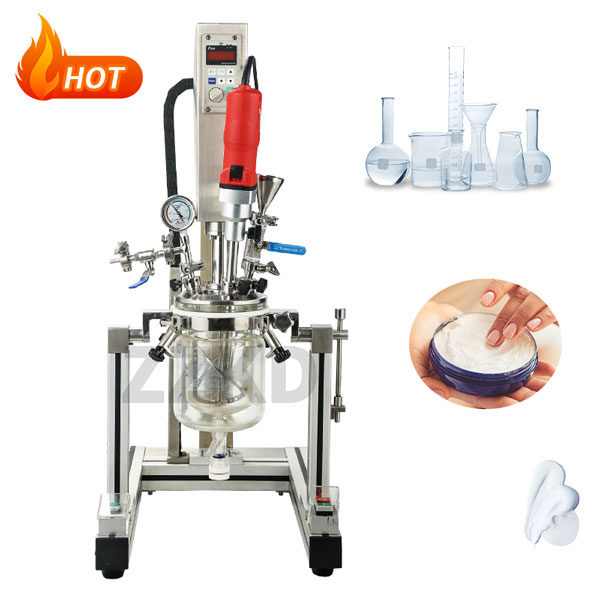
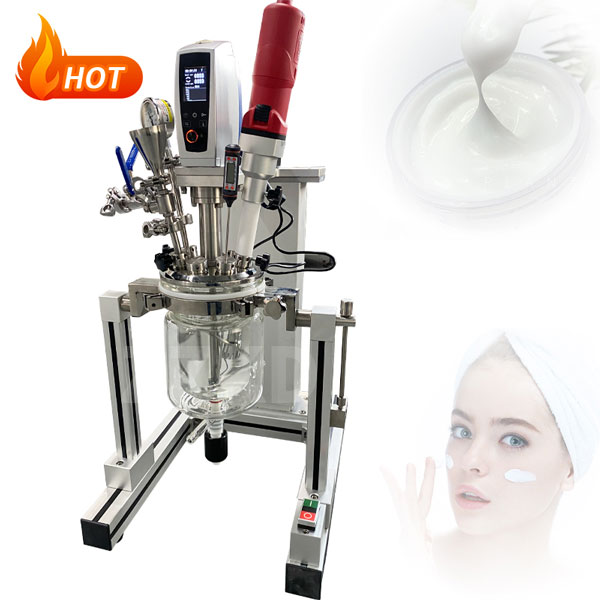
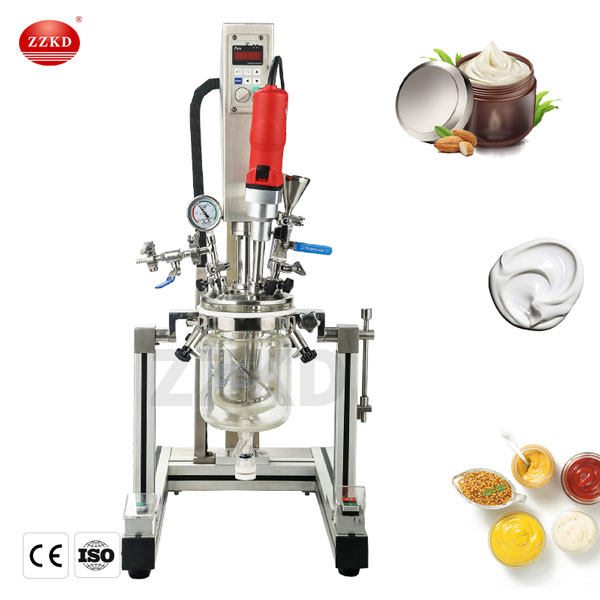
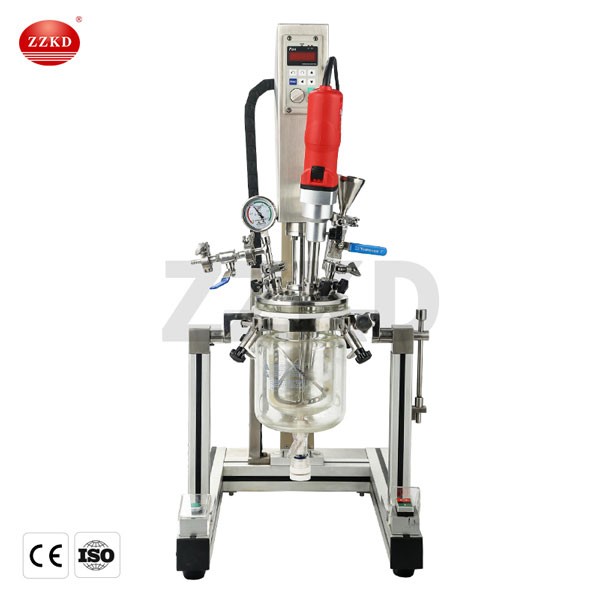
 Get Price
Get Price Send Email
Send Email
